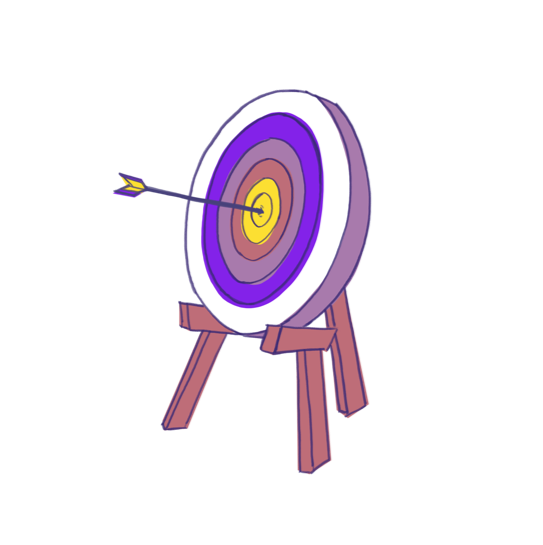If you want to teach in higher education (HE), you’ll need a PGCert. And if you want to work in a professional learning role, you’ll benefit from having a PGDip or MA.
So we thought we’d make it easy and combine all three qualifications.
Our PGCert, PGDip and MA in Creative Teaching and Learning Design gives you the knowledge and skills to be a useful, employable learning professional. In our Open Day video, we provide all the key information you need to find out if this is the right course for you.
Open day 1: What is the course all about?
Why study creative teaching & learning design?
Most people assume learning design just about education. But that’s like saying architecture is just about buildings.
Learning design is about understanding how people absorb and use knowledge, and then creating experiences that make that process work better.
Teaching is about delivering learning experiences in a way that will inspire and motivate them.
Creativity enables you to respond to any situation productively. When you combine all three, you have a skillset that enables you to solve problems and be useful in unfamiliar situations.
Open day 2: What can you do with this qualification?
You have more skills than you think
Here’s something interesting: many experienced educators don’t realize how valuable their skills are outside traditional teaching. Think about it – if you’ve ever taught, you’ve probably:
- Figured out how to explain complex ideas to different audiences
- Created engaging experiences that keep people interested
- Managed multiple stakeholders with competing demands
- Made things work despite limited resources
- Adapted your approach based on what works and what doesn’t
Sound familiar? These aren’t just teaching skills – they’re leadership skills. They’re problem-solving skills. And they’re increasingly valuable in a world where organizations struggle to handle change and communicate effectively.
What about AI?
We’re at an interesting moment. AI can generate content instantly, but it can’t design meaningful learning experiences.
Organizations need people who understand both the technology and the human side of learning. They need people who can look at a business problem and recognize when it’s actually a learning problem in disguise.
Learning design isn’t just about creating courses – that’s more instructional design. It’s about understanding how to help people transform – whether that’s learning new skills, adapting to change, or seeing things differently. It equips you with skills that are resilient in the face of AI:
Agility
The capacity to swiftly adapt and navigate complex situations, comprised of adaptability and versatility.
Innovation
The ability to generate and implement original solutions, comprised of proactivity and creativity.
Holistic Problem-Solving
Integrating knowledge across disciplines, comprised of critical thinking and synthesis.
Principled Action
Making decisions guided by ethical considerations, comprised of accountability and ethical reasoning.
The creative superpower
Phil, our Director of Learning Experiences, describes constraints as being like a north-facing garden. You can complain about the lack of sun, or you can get creative and design something beautiful with shade-loving plants. That’s what good learning design is about – working creatively within constraints to create something that works.
Is if for you?
If you’re fascinated by how people learn, if you enjoy solving complex problems, if you’re interested in how technology is changing how we share knowledge – learning design might be your next step. Whether you’re an educator looking to broaden your impact or someone from another field interested in the human side of knowledge and learning, there’s never been a more interesting time to develop these skills.
Remember: good learning design isn’t about having all the answers. It’s about asking the right questions and being creative with the solutions. In a world of rapid change and information overload, that’s a valuable skill indeed.
Want to learn how to build great courses?
We run a PGCert, PGDip and MA in Creative Teaching and Learning Design.
Find out which stage is right for you.






